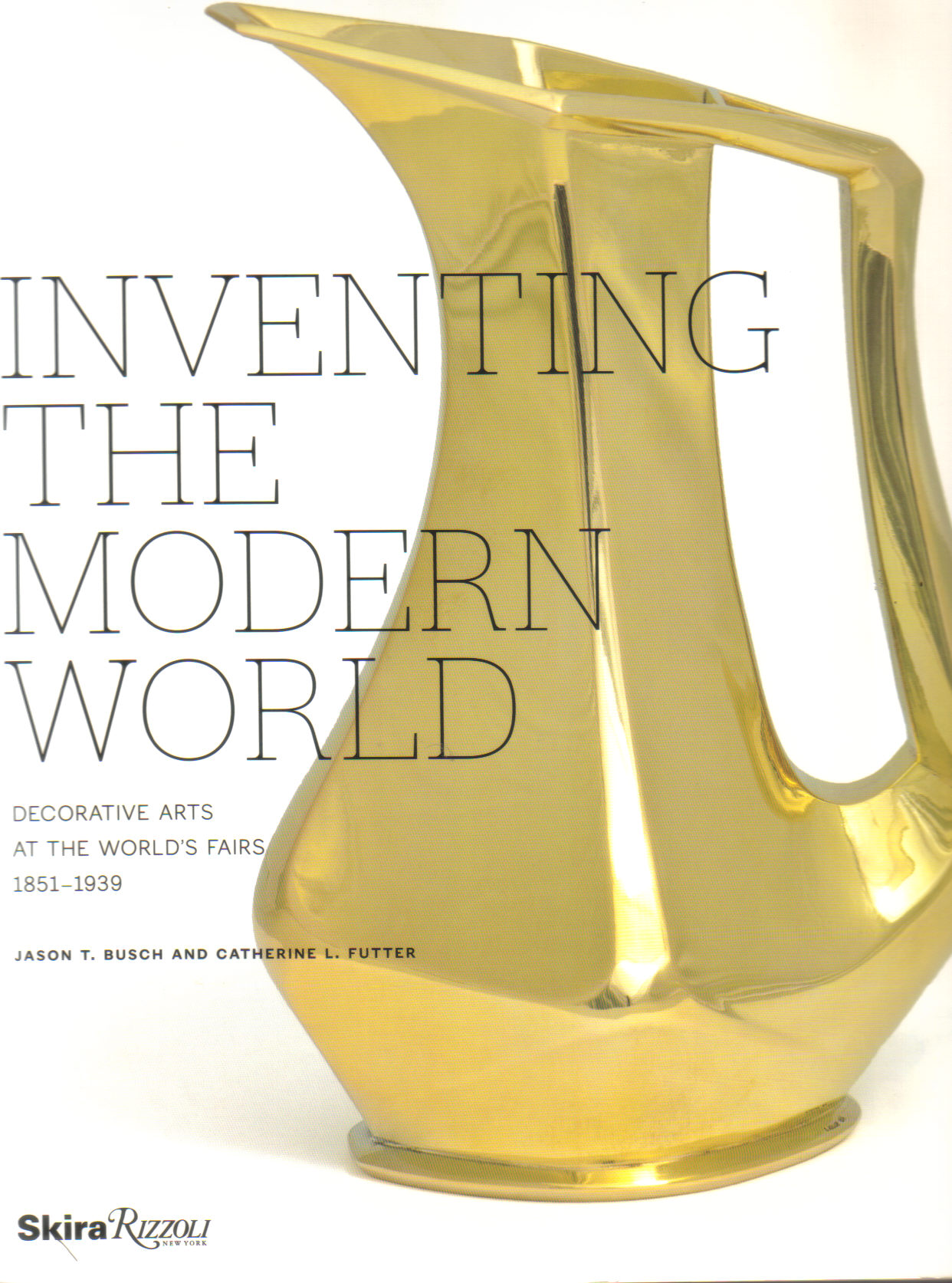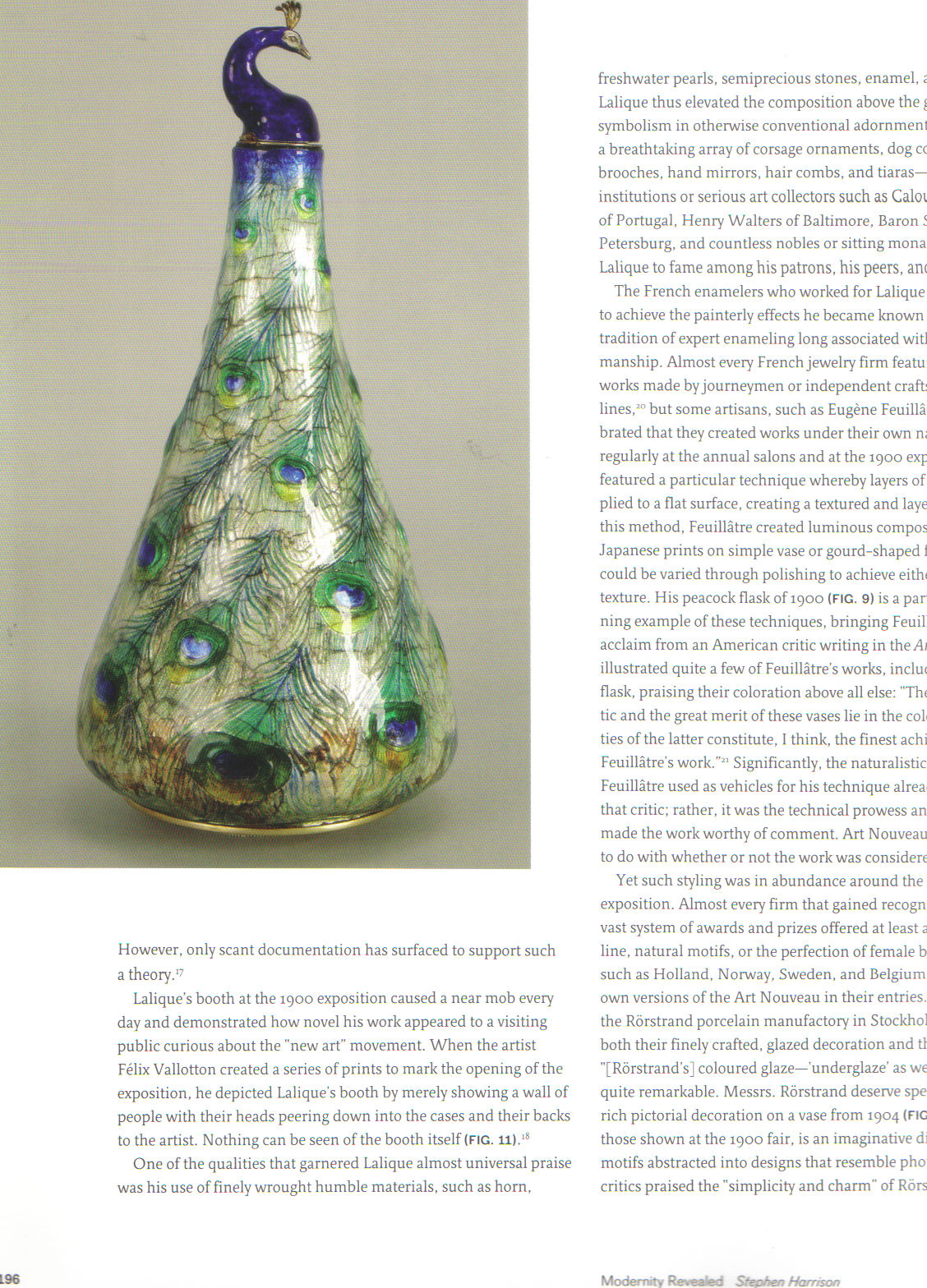With original glass stopper, stamped on the underside Feuillâtre
8 ½ in (21.6 cm) high, 4 ½ in (11.4 cm) wide
Provenance
Lotar and Vera Neumann Collection, Switzerland
Exhibited
Exposition Universelle, 1900
'Inventing the Modern World: Decorative Arts at the World's Fairs, 1851-1939',
The Nelson-Atkins Museum of Art, 14th April 2012 – 19th August 2012, Carnegie Museum of Art, 13th October 2012 – 24th February 2013, New Orleans Museum of Art, 12th April 2013 – 21st July 2013
Literature
Roger Marx, La Décoration et les Industries d'Art à l'Exposition Universelle de 1900, p. 95
Alastair Duncan, The Paris Salons 1895-1914, Volume V: Objets d'Art & Metalware, p. 252
Phillippe Garner, The Encyclopedia of Decorative Arts 1890-1940, p. 95
Georges de Bartha, L'Art 1900: La Collection Neumann, p. 128
M.M. L. Benedite, J. Cornely, Exposition Universelle de 1900: Les Beaux-Arts et les Arts Decoratifs, p. 510
Jason T. Busch and Catherine L. Futter, eds., Inventing the Modern World: Decorative Arts at the World's Fairs, 1851-1939, 2012, p.196
Feuillâtre became famous for his skill as an enameller, his technical experimentation and for the highly original vases and boxes he produced between 1900 and 1910 in translucent enamel over silver. In 1914 he became a member of the newly founded Société des Artistes Decorateurs and exhibited until 1914 when he was enlisted to fight in World War I. Feuillâtre died in 1916, but his wife Lina continued to run the firm after his death.
This peacock is an excellent example of the skill and craftsmanship of Feuillâtre and its presence at the 1900 Paris Exposition brought him great acclaim.



















